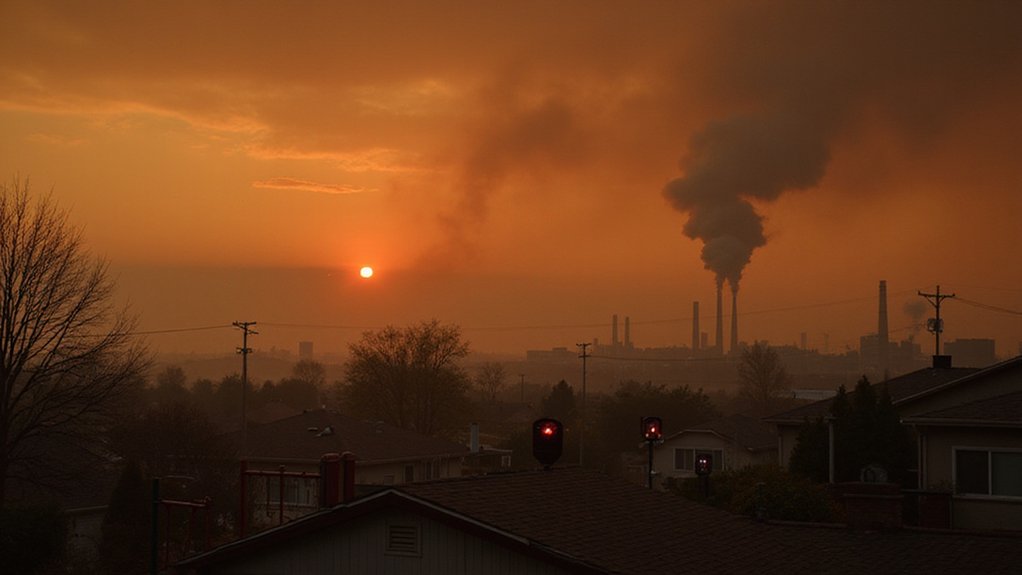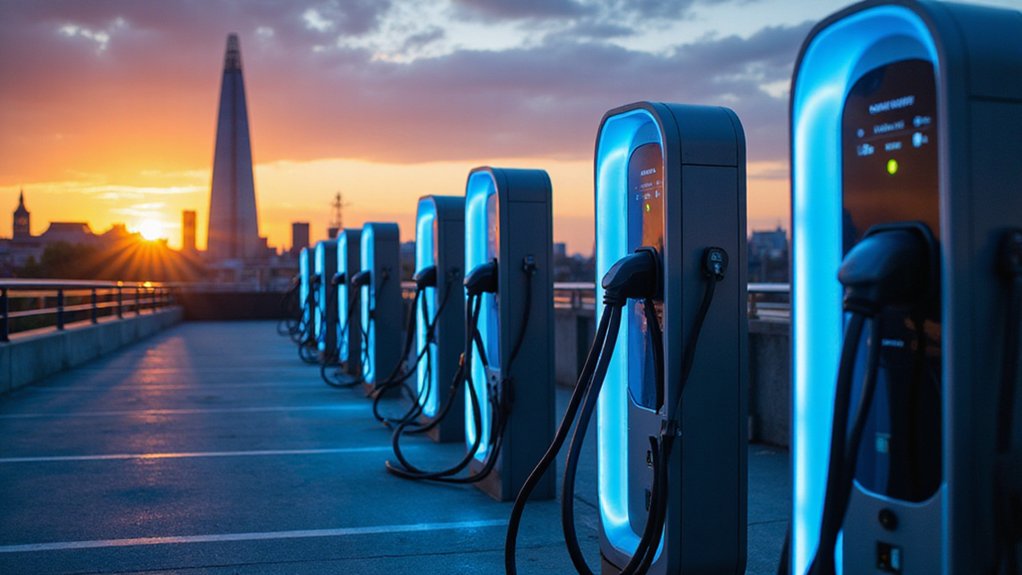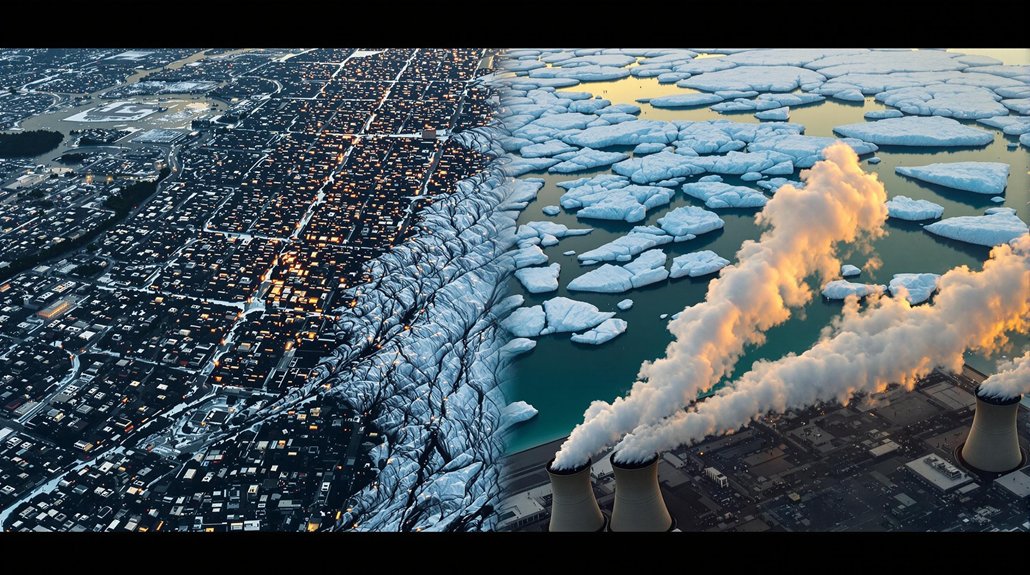America’s air quality crisis has reached a 10-year low. A shocking 156.1 million people now breathe dangerously polluted air—25 million more than last year. Climate change, wildfires, and drought are fueling this disaster. Communities of color bear the brunt, making up over half those affected. Meanwhile, about 64,000 Americans die prematurely each year. Despite some historic progress since 1970, recent trends paint a grim picture. The numbers tell only part of the story.
While Americans once celebrated cleaner skies thanks to the Clean Air Act, a shocking 156.1 million people—nearly half the country’s population—now breathe dangerously polluted air.
That’s 25 million more folks gasping and wheezing than just last year. Unhealthy air quality has reached a 10-year high. Not exactly the kind of record we should be proud of.
The culprits behind this airborne assault? Extreme heat, drought, and wildfires—all increasingly common in our warming world.
Our climate crisis isn’t just warming the planet—it’s suffocating us with a deadly cocktail of heat, drought, and wildfire smoke.
These environmental bullies pump dangerous levels of fine particulate matter (PM2.5) and ozone into the air we breathe. Thanks, climate change.
The health consequences are staggering. Air pollution kills about 64,000 Americans prematurely every year—roughly 2% of all U.S. deaths.
Globally, the toll reaches 8.1 million annual deaths. Air pollution has actually surpassed tobacco as the leading environmental health risk worldwide. Bet the cigarette companies are relieved they’re off the hook.
Children, elderly people, and those with preexisting conditions suffer most. Respiratory diseases, cardiovascular problems, asthma attacks—all gifts from our collectively filthy air. Communities of color are hit hardest, representing over 50% of those living in counties with failing air quality grades.
It’s not all doom and gloom, though. Emissions of six major pollutants have plummeted 78% since 1970.
PM2.5 levels dropped by nearly 30% between 1990 and 2023. Nitrogen oxides and sulfur dioxide have fallen dramatically too. Progress in the face of economic growth.
The air quality crisis isn’t distributed equally. Western states, especially California, choke on the nation’s worst air—with PM2.5 concentrations three times higher than Wyoming’s.
Thirteen states exceed the national average of 8.6 μg/m³.
The pollution sources are familiar: industrial facilities, vehicles, power plants, and increasingly, wildfire smoke. Transitioning to geothermal energy could dramatically reduce these emissions as it produces minimal greenhouse gases compared to fossil fuels. For every dollar invested in tackling this crisis, Americans could see thirty dollars returned in economic benefits through improved health and productivity. Urban areas consistently fare worse.
Americans can check the Air Quality Index for daily conditions, ranging from “Good” to “Hazardous.”
Small comfort when you’re stuck in a pollution hotspot. The air quality report card is in, and despite decades of progress, America’s grade is slipping. We’re back to remedial breathing lessons.









